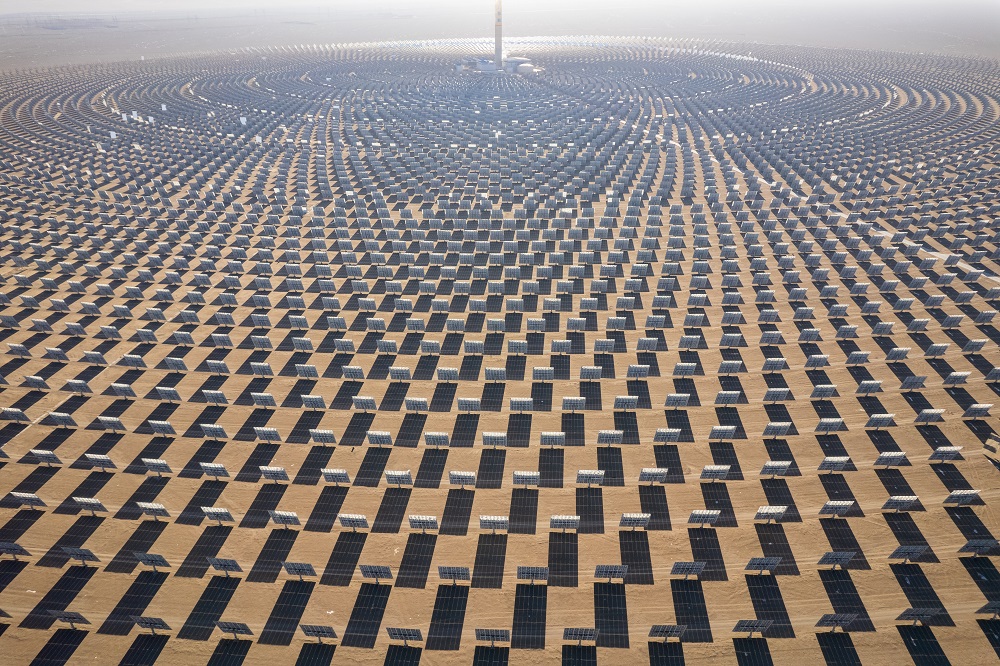Concentrated solar thermal technology (CST) is a technology that uses solar collectors, such as mirrors and lenses, to concentrate sunlight onto a receiver, located at the focal point of the system. These collectors come in various designs, including dish systems, solar power towers, and parabolic troughs. The receiver absorbs and converts the concentrated sunlight into heat, using heat-transfer fluids like molten salt or high-temperature oil, enabling the production of heat or electricity.
Though seemingly simple, and not at all a new concept, CST is not without flaws. In order to function, this system needs constant sunshine, and on top of that, it’s expensive.
Australian science agency CSIRO was on the hunt for ways to capture and store solar energy as heat when it reached a breakthrough in its research facility in Newcastle, New South Wales.
“This is significant because it creates the opportunity for greater renewable energy storage when combined with our patented heat exchanger,” said research team leader Jin-Soo Kim, per Mining.com. “This technology is key to delivering low-cost renewable energy at scale for the decarbonization of Australia’s heavy industry.”
According to Interesting Engineering, what makes this finding exciting is the ability of “falling ceramic particles” to endure temperatures of over 1000°C, while conventional CST practices, using heat transfer fluids only allow 400°C to 600°C.
This cuts the cost of both capturing and storing solar heat, and experts vow that this discovery will have a return of investment within five years.
“CST doesn’t compete with PV solar energy,” said Dominic Zaal, Director of the Australian Solar Thermal Research Institute.
“PV gives you power when the sun is shining, whereas CST takes energy from the sun, stores it, and then allows the user to use that energy when the sun isn’t shining, such as overnight or on cloudy days.”














